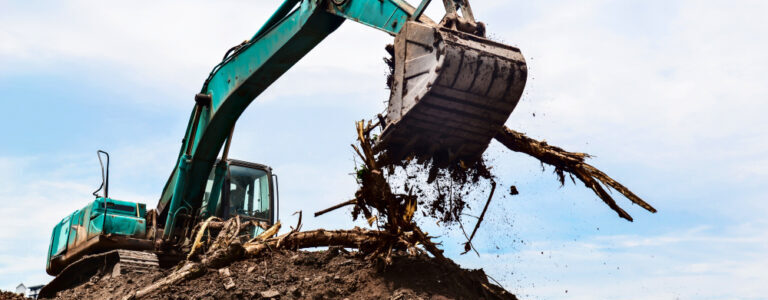Demolishing old factories seems like a necessary step towards revitalizing and modernizing communities. However, the process of tearing them down can have severe impacts on the environment and the people who live nearby. As the machines and walls come down, harmful chemicals and dust are released into the air and nearby water sources. In this blog post, we’ll discuss the environmental and social effects of factory demolition and explore possible solutions.
Firstly, the process of tearing down factories is not just about bulldozers and wrecking balls. It involves the use of heavy machinery and vehicles that consume a significant amount of fuel, leading to increased emissions in the surrounding environment. These emissions put nearby a community and the plant operators at risk of respiratory illness and other health problems. Studies have shown that areas with higher levels of air pollution experienced higher rates of cancer, asthma, and other respiratory diseases. This is why demolition experts must put safety procedures in place to control dust and limit exposure to airborne toxins.
Secondly, factory demolition in Melbourne can also lead to soil and water contamination. Before the demolition process, buildings may have contained asbestos, lead, or other dangerous materials. When these materials are disturbed without proper precautions, they can release deadly particles into the immediate environment, causing soil and water pollution. This can happen through runoff after it rains or directly through contaminated waterways. Contaminants in the soil and water can lead to long-term health issues and pose a threat to animal and plant life that depend on these resources.
Thirdly, factory demolition can impact the community’s economic and social well-being negatively. Demolishing an old factory could result in losing historic landmarks, job opportunities, and tourism. Many old factories have been landmarks in their communities for generations and may attract visitors who appreciate the area’s history. Factory demolition could lead to decreased tourism if the community fails to preserve the building’s historical and architectural value. In addition, many families rely on jobs created by these factories, and tearing them down could result in unemployment.
Fourthly, many demolition companies overlook the importance of recycling and instead deposit debris into a landfill. This results in an enormous waste of resources, space and pollutes the nearby environment. Reusing building materials would not only save money but also reduce our carbon footprint and help preserve valuable resources. Recycling materials like steel, masonry, and wood can reduce demolition waste and decreases the amount of debris that gets dumped into landfills.
Conclusion: In conclusion, while factory demolition in Preston may seem necessary for safety reasons, we must make sure that demolition companies take environmental and social factors into consideration. To minimize the environmental impact of the demolition wastage, community leaders and demolition companies must work together to put in place safety measures and find practical ways to recycle materials from buildings being torn down. This will help to protect the environment and communities surrounding demolished factories. Therefore, by providing proper safety protocols, reusing building materials, and finding practical ways to preserve the history of demolished structures, we can ensure that factory demolition does not have significant environmental and social impacts on the areas surrounding the plant.
